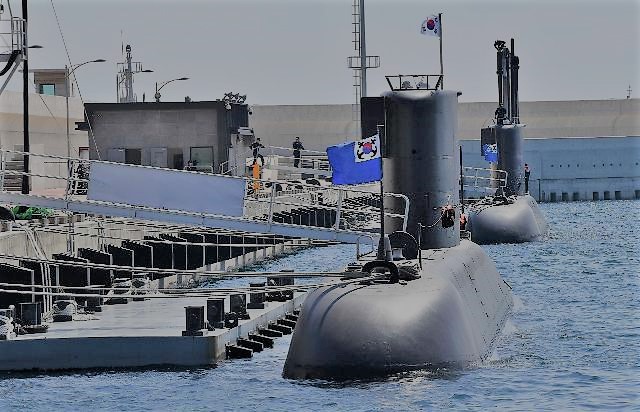South Korea successfully tested a submarine-launched ballistic missile on Wednesday (15 September), becoming the world’s seventh country to do so while also raising the risk of a regional arms race.
The ballistic missile test was conducted under the supervision of President Moon Jae-in, and it happened just hours after nuclear-armed North Korea launched two ballistic missiles into the sea. According to the South Korean military, Pyongyang’s actions have prompted Washington to label Pyongyang’s actions a provocative “threat” to Asian neighbors.
South Korea’s test is a strategic step forward for Seoul. It has been expanding its military capabilities to offset the threat posed by the North, which is sanctioned by the international community for its nuclear weapons and ballistic missile programs.
Yonsei University professor John Delury said, “It’s extraordinary timing that you have not one but two Koreas testing ballistic missiles on the same day.”
According to the presidential Blue House, the South’s missile was launched underwater from its newly commissioned submarine Ahn Chang-ho and flew the anticipated distance before hitting its target.
Moon while urging South Korea to expand its weapons said that they now have “sufficient deterrence to respond to North Korea’s provocations at any time.”
Within hours, North Korean leader Kim Jong Un’s prominent sister Kim Yo Jong chastised him for making a “thoughtless utterance” and falsely accusing the North of “provocation.”
Kim Yo Jong in a statement which was carried by Pyongyang’s official Korean Central News Agency (KCNA) said that Seoul has an “illogical and stupid habit of describing its act as a just one supporting peace and describing and our act of similar nature as the one threatening peace.”
According to Seoul’s Joint Chiefs of Staff, the North fired “two short-range ballistic missiles” into the sea off its east coast earlier in the day from South Pyongan province.
According to KCNA, it was Pyongyang’s second test-fire in less than a week, following the weekend test-fire of a new “long-range cruise missile.”
The U.S. Department of State criticized North Korea’s launch on Wednesday, which was “in violation of repeated resolutions of the United Nations Security Council, posing a threat to neighbors of the DPRK.” However, it also tried to employ diplomatic means with the nuclear-armed North, formally known as the Democratic People’s Republic of Korea, and urged them to “engage in discussion.”
The launches came shortly after Chinese Foreign Minister Wang Yi met with his South Korean counterpart and Moon in Seoul on Wednesday. Wang previously stated that he hoped all countries would contribute to “peace and stability on the Korean Peninsula.”
After gaining power from his father, Kim Jong Il, Kim Jong Un did not visit China for more than six years, and tensions between the partners grew. However, he and Chinese President Xi Jinping have met several times since, and Beijing considers the North to be very much in its area of influence.



